Scientific name Chalicotherium Order Odd-toed ungulate | Family †Chalicotheriidae Phylum Chordata Rank Genus | |
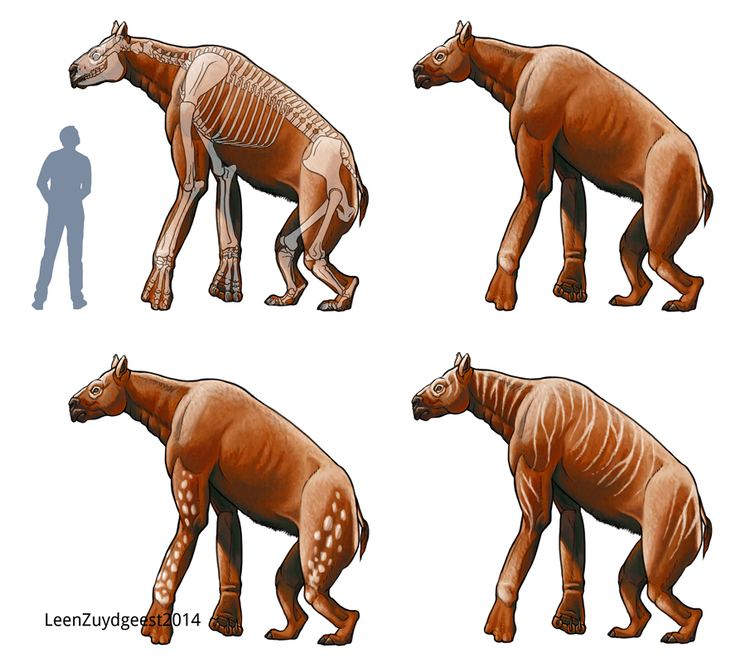 | ||
Similar Kaprosuchus, Diplocaulus, Chalicothere, Mammal, Near horn beast | ||
Ark survival evolved new chalicotherium taming gameplay new update v248
Chalicotherium (Ancient Greek χαλιξ/khalix, khalik-: pebble/gravel + θηρίον/thērion, diminutive of θηρ/thēr : beast) is a genus of extinct browsing odd-toed ungulates of the order Perissodactyla and family Chalicotheriidae, found in Europe, Africa, and Asia during the Late Oligocene to Lower Pliocene, living from 28.4—3.6 million years ago, existing for approximately 24.8 million years.
Contents
- Ark survival evolved new chalicotherium taming gameplay new update v248
- Ark survival evolved primitivo capturamos chalicotherium la catapulta animal gameplay espa ol
- Description
- Taxonomic history
- Species
- References
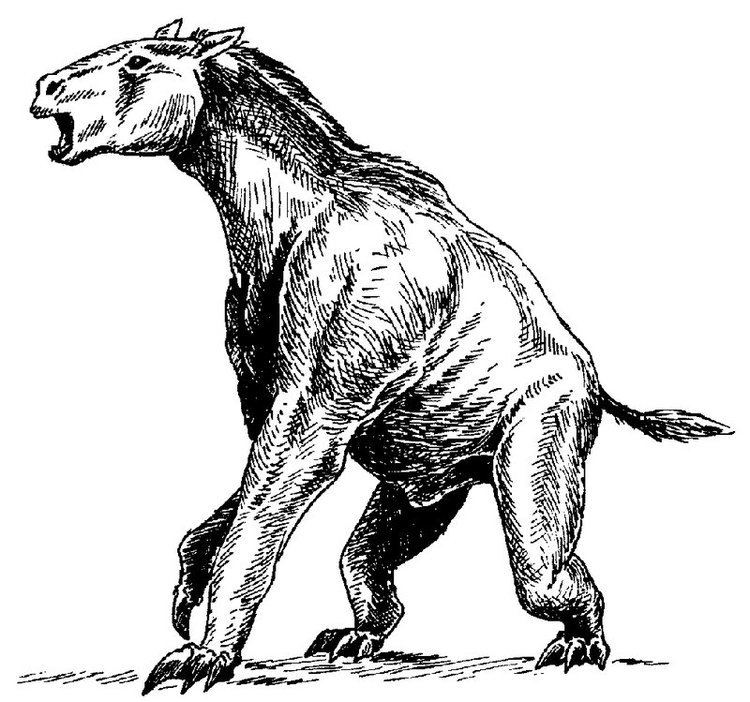
This animal would look much like other chalicotheriid species: an odd-looking herbivore with long clawed forelimbs and stouter weight bearing hindlimbs.
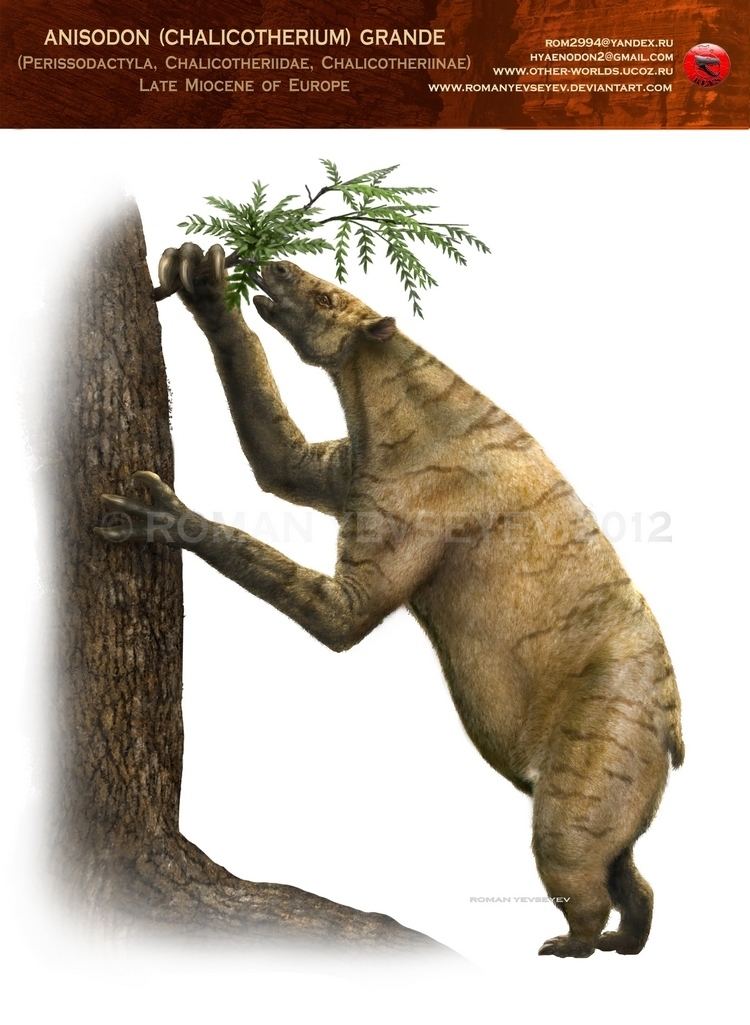
The type species, Chalicotherium goldfussi, from Miocene and Pliocene Europe, was described by Johann Jakob Kaup in 1833.
Ark survival evolved primitivo capturamos chalicotherium la catapulta animal gameplay espa ol
Description
Chalicotherium, like many members of Perissodactyla, was adapted to browsing, though uniquely adapted to do so among its ungulate relatives. Its arms were long and heavily clawed, allowing them to walk on their knuckles only. The arms were used to reach for the branches of large trees and bring them close to its long head to strip them clean of leaves. The horse-like head itself shows adaptation to a diet of soft vegetation, since, as the animal reached sexual maturity, the incisors and upper canines were shed, suggesting that its muscular lips and the resulting gum pads were enough to crop fodder which was then processed by squarish, low-crowned molars.
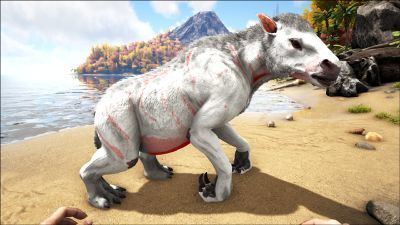
Callosities on the ischium imply that these animals would sit on their haunches for extended periods of time, probably while feeding. Pad-supporting bony growth on the dorsal side of the manual phalanges is interpreted as evidence of knuckle-walking, which would probably be useful to avoid wearing down the claws, preserving them for use either as a forage-collecting rake or as a formidable defensive weapon.
All of these characteristics show some convergence with ground sloths, gorillas and giant pandas.
Taxonomic history
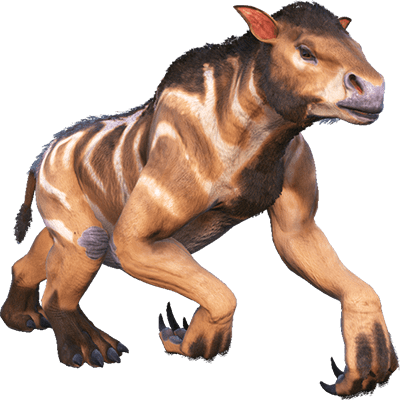
The type specimens for Chalicotherium goldfussi were found in the Upper Miocene strata of the Dinotherien-sande beds near Eppelsheim, in the Grand Duchy of Hesse, Germany. Kaup, when describing this new animal in 1833, found the teeth to be pebble-like and named the creature accordingly. Later on, limbs found in strata located at Sansan in the department of Gers, Southwestern France, were first described as Macrotherium by Édouard Lartet in 1837. Further study of these fossil remains and subsequent finds by Filhol warranted a referral of the material described as Macrotherium to Chalicotherium.
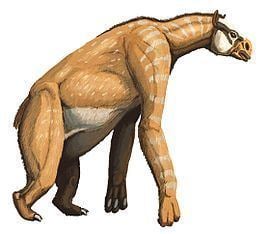
Referral history for each species is detailed in the species list below along with morphological and geographical data where available.
Species
Valid:
Invalid:
Misassigned specimens:
